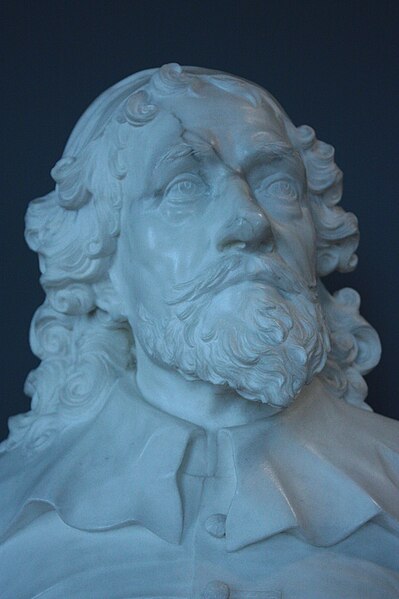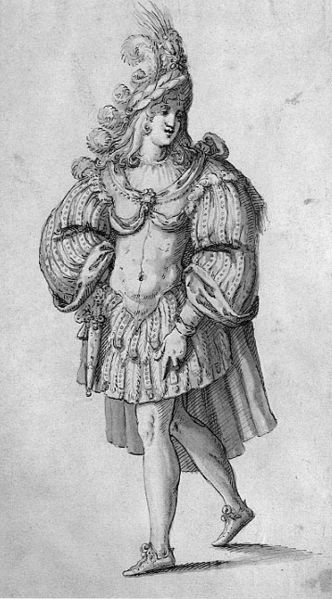Sir Roger Pratt was an English gentleman-architect of the 17th century. He designed only five known buildings, but was highly influential, establishing a particularly English type of house, which was widely imitated. He drew on a range of European influences, and also on the work of Inigo Jones, England's first classical architect. Pratt also served on official commissions, and in 1668 was the first English architect to be knighted for his services.
Clarendon House, London (1664–1667)
Coleshill House, Oxfordshire
The gates are all that remain of Coleshill House, Oxfordshire
The south and west sides of Kingston Lacy, as remodelled by Sir Charles Barry in the 19th century
Inigo Jones was the first significant architect in England in the early modern period, and the first to employ Vitruvian rules of proportion and symmetry in his buildings.
As the most notable architect in England, Jones was the first person to introduce the classical architecture of Rome and the Italian Renaissance to Britain. He left his mark on London by his design of single buildings, such as the Queen's House which is the first building in England designed in a pure classical style, and the Banqueting House, Whitehall, as well as the layout for Covent Garden square which became a model for future developments in the West End. He made major contributions to stage design by his work as a theatrical designer for several dozen masques, most by royal command and many in collaboration with Ben Jonson.
Portrait of Jones painted by William Hogarth in 1758 from a 1636 painting by Sir Anthony van Dyck
Bust of Inigo Jones by John Michael Rysbrack, 1725
A masque costume for a knight, designed by Inigo Jones
The Queen's House at Greenwich, facing the River Thames








